You can plan the perfect picnic, but you can’t predict the weather. However, experts have enough information to foresee trends for next year.
2023 has given the world one of the hottest years on record, so what’s in store for 2024? What extreme weather events will happen next year?
Here’s what to expect.
What Are the 2024 Weather Predictions?
Next year’s weather stems from a few factors — notably El Niño. What will these phenomena bring? Here are six predictions for 2024.
1. El Niño
El Niño will be the driving force behind 2024’s weather. The full name for this weather occurrence is El Niño-Southern Oscillation (ENSO). ENSO primarily affects the Pacific Ocean, thus causing concern for America’s West Coast, South America, Australia and Southeast Asia.
El Niño brings warmer ocean water in contrast to La Niña, the cooling phase of ENSO. The last three years have brought either weak or moderate versions of La Niña, whereas the previous El Niño was in 2018-2019. Not every year sees ENSO, but the 2023-2024 period will. The question scientists have is how strong this warm phase will be. Since the 1950s, the Oceanic Niño Index (ONI) has only seen a very strong El Niño three times, with the last coming in 2015-2016.
As of now, scientists believe this year’s El Niño will fall into the strong category. However, it could become even more potent and match 2016 levels. What will this mean for America and the rest of the world?
2. Warmer Winter in America
The most immediate consequence will be a warmer winter for much of the United States. The Northwest and Northeast will likely experience above-normal temperatures in December, January and February. In contrast, experts foresee the southern half of the U.S. to have a mix of below and above-normal temperatures.
The regions expecting snow will still likely see a white Christmas. However, the Northeast should anticipate a milder year than usual of snow. These areas include the mid-Atlantic and New England.
3. Pacific Northwest Droughts
El Niño typically brings more rainfall to the Pacific Coast, but that will only be true for the southern regions. Los Angeles, San Diego and Phoenix can expect more precipitation this winter, but Pacific Northwest residents will likely see much drier weather. This region typically sees wet conditions, but the Pacific Ocean’s jet stream divides two ways. Unfortunately, Oregon, Idaho, Washington and Montana will be drier.
Drier weather is not what the Pacific Northwest needs to see. Washington, Oregon and Northern California see wildfires yearly, typically in the summer. These fires could worsen if El Niño persists until next July. While wildfires are more common in the summer, they can happen at any time of the year.
4. Deep South Downpours
Seattle, Milwaukee and Detroit are more likely to see drier conditions. However, Atlanta, Miami and New Orleans can expect more rainfall this winter. The diverted jet stream will send more precipitation to the Deep South, increasing the risk of floods. Hurricane season ends in November, so these torrential storms shouldn’t be an issue. Tropical cyclone activity in December is too weak to produce hurricanes, but the rainfall remains a concern in areas at or below sea level.
This winter’s increased rainfall projection should spell true from Los Angeles to Miami to New York City. The precipitation doesn’t directly lead to more snow because these cities already have mild climates in the winter. Southern cities like Dallas, Birmingham and Atlanta could see snow, but El Niño won’t change this outcome.
5. International Effects
Other countries and continents besides the United States will feel the ramifications of El Niño. For example, South American countries will likely see increases in rainfall totals this winter and spring. The jet stream sending rainfall to the southern United States should also affect the Pacific Coast of South America. The precipitation could increase crop yields if the region sees more rain. However, flooding can ruin outcomes for Latin American farmers.
While South America should get more rain, Asian and Oceanic countries won’t be so lucky. El Niño will cause droughts in Australia, Southeast Asia and some African nations. This prediction won’t be welcome among the general population because these regions are crucial for crop production. Rice, sugar and coffee beans are some items America gets from this region, so lower yields could lead to price surges.
6. El Niño’s Residual Effects
El Niño is coming, and you cannot do much to stop it. The next stage is wondering how long it will last. El Niño and La Niña typically last nine months to a year, but this weather event could hang on for two years or more. Predicting how long El Niño will stick around this time is difficult, but it’s likely to impact both sides of the Pacific Ocean through 2024.
2023 set records for temperatures, and not in a good way. For example, the National Oceanic Atmospheric Administration said this past July was hotter than any previous seventh month since humans began tracking weather patterns in 1880. El Niño’s residual effects will likely result in even higher temperatures in 2024. Some survivalists may welcome the warm weather, but the heat can be dangerous in places like the American Southwest.
How Can Survivalists Prepare for Extreme Weather?
Extreme weather events aren’t optimal, but they’ll be a reality in 2024 and beyond. You’ll most likely see droughts or flooding, depending on your area. Either way, you must prepare yourself and your family. Here are four tips for staying ready for unpredictable weather.
1. Keep up With Weather Updates
The first thing you should do is keep up with what’s going on in your area. Local meteorologists are your best bet for interpreting weather patterns and determining what the next best steps are for your family. These trained professionals anticipate storms, droughts, tornadoes and more. However, if the power, internet or cable goes out, you must find other sources.
The most reliable emergency device is a weather radio. This gadget provides timely updates on storms, flooding and other emergencies from El Niño. The National Oceanic and Atmospheric Administration (NOAA) runs the National Weather Service (NWS) with 24-hour feeds nationwide. Your local station will most likely have a frequency of 162.
Weather radios are beneficial because they’re portable and work nearly anywhere. If El Niño’s floods are bad enough, you may need to locate shelter in another city. Be sure you bring this device along.
2. Help the Community
Survivalists are among the most prepared groups when expecting bad weather. You should use your skills to help your community before and after storms hit. However, a town shouldn’t only prepare for one event. Communities should build climate resiliency solutions and develop evacuation plans as weather patterns evolve nationwide.
Communities can start their climate resiliency solutions by applying for federal grants and state programs. For example, the U.S. Department of Transportation (DOT) assists disadvantaged communities by overhauling their transportation infrastructure. Areas receiving funding can start projects to increase mobility and reduce pollution, thus helping them thrive despite the worsening conditions.
3. Maintain Your Vehicles
You may need to leave your town for safety if the situation is dire. A functional vehicle is essential for your escape, especially if you live in a rural area. The last thing you want is a dead battery or flat tire when it’s time to hit the road. Here are some steps for auto maintenance you should use:
- Spark plugs: Your spark plugs ignite the gas and air mixture to crank the car. If you have trouble turning the ignition, dead spark plugs may be the issue. Replace them once every 30,000 miles to ensure your engine fires correctly.
- Gas tank: The demand for gas skyrockets when a town expects severe weather. Avoid the long lines and price gouging by storing extra cans. While gasoline has a shelf life, you can extend it using fuel stabilizers. Stabilized fuel lasts one to three years, bailing you out in emergencies.
- Tire pressure: Fuel efficiency will be crucial when evacuating because you might not have time to stop for gas. Ensure your tire pressure meets the manufacturer’s recommendations to enhance fuel economy. Properly inflated tires improve gas mileage because your car faces less rolling resistance on the road.
4. Fortify Your Home
Evacuation isn’t always an option, forcing you to stick it out at home. Fortunately, there are ways to fortify your house ahead of El Niño.
Inspect your home for cracks in the doors and windows if your area anticipates floods. Use caulk or weatherstripping to seal these gaps and protect your house from heavy rains. Your roof is also worth an inspection to keep your residence dry.
You should check your plumbing systems for any leaks if droughts are a concern. Water conservation is crucial, so you should ensure your home isn’t wasting this precious resource. A rainwater collection system is also a good idea to provide your family and plants with water when the supply is low.
Forecasting the Weather in 2024
The world hasn’t seen El Niño in a few years, but this weather phenomenon has already made its presence known in 2023. It will bring warmer weather to much of the nation while dividing the country between extra rainfall and droughts. These predictions foretell what to expect next year, so prepare yourself and your family wisely.


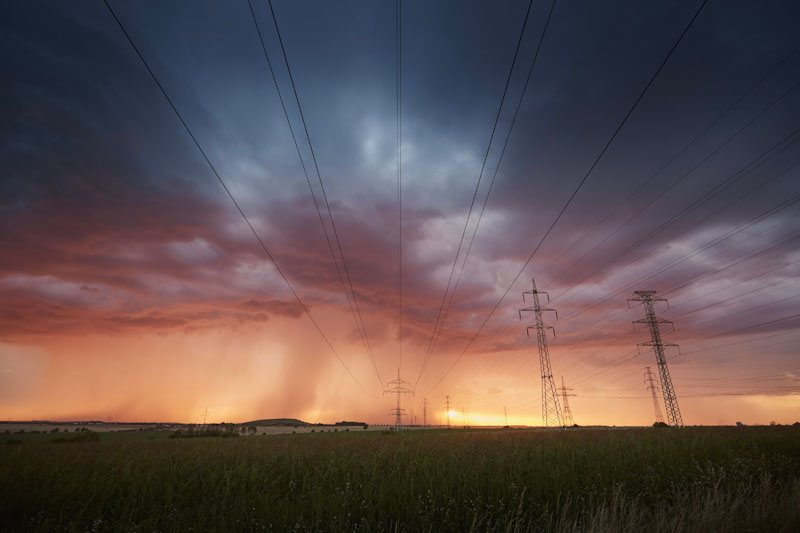


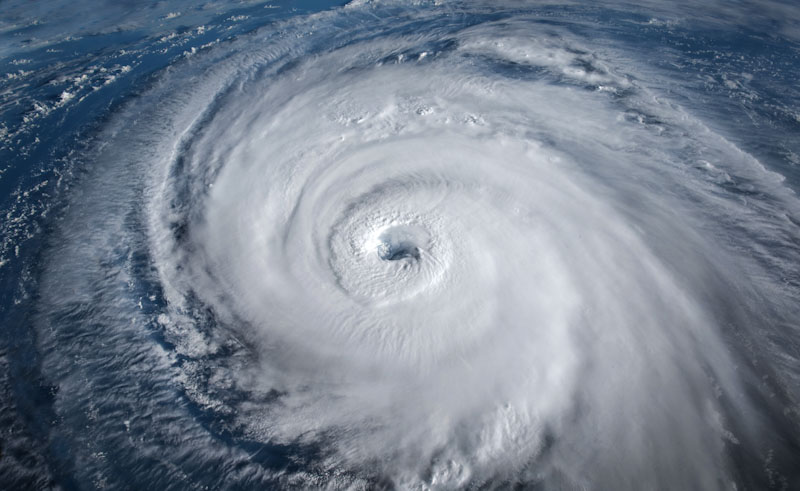
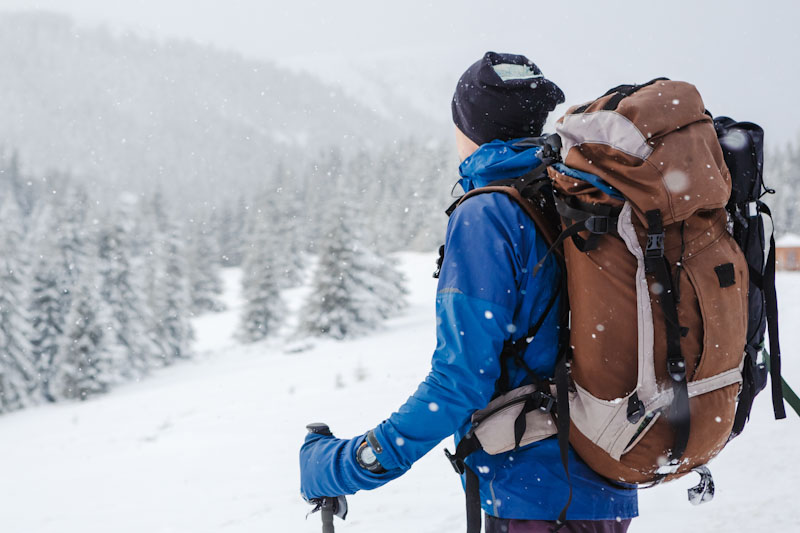
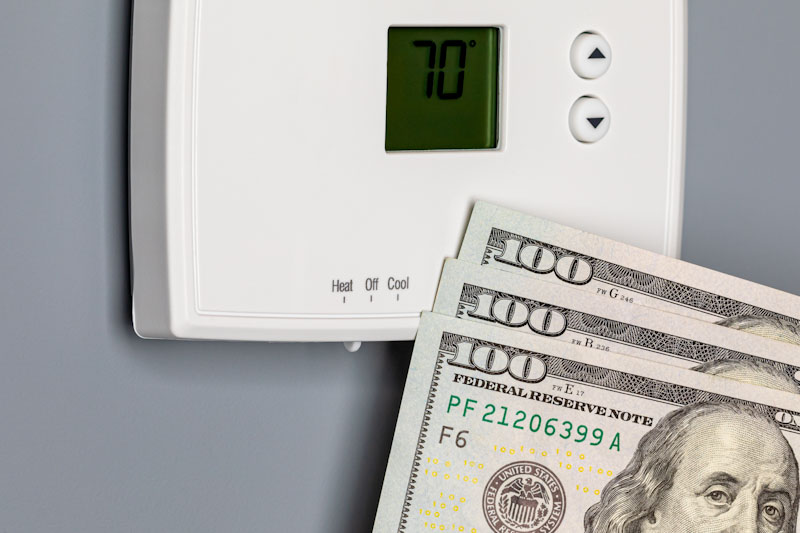
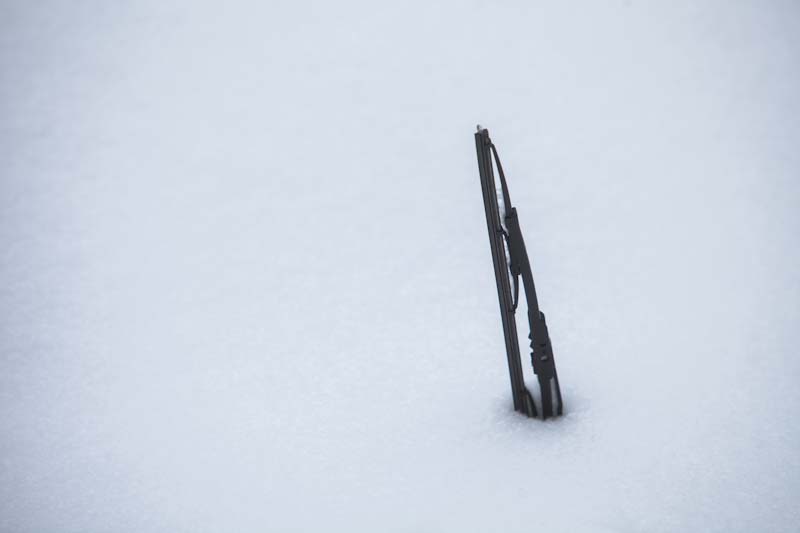


scout | October 29, 2023
|
this is somewhat off subject, but don’t rely on using cash after a SHTF moment. Shoppers at a Meridian’, MS Walmart near Bonita Lakes are being turned away as the store closes late Saturday morning.
Staff are telling shoppers their systems are down, and they cannot accept ANY- ANY form of payment. cash or any other forms of payment.
when the computer systems are down, all large retailers will just shut the door’s.. better have what you need on hand at home before an emergency happens. not to mention the roads and the desperate people you will encounter.
best to have it before hand and stay at home and take care of you and yours. if that were to happen. let the unprepared slug it out.
best of luck guys
Mary | October 30, 2023
|
I started stockpiling all we need. It’s going to be a hard winter. Take care!
Joshua | October 30, 2023
|
We also started. Best of luck!
Dave | October 30, 2023
|
Where’s all this panic coming from?
Travelin On | November 1, 2023
|
I agree with being prepared for the situations of the area where one lives so when an emergency occurs for those who are prepared it isn’t that much of an emergency. That is common sense. I very much dislike the words “preparedness” and “survivalist” because people who use their brains will be prepared and doing what is best for the area where they live as a normal matter of course. Panic comes from people who have no common sense, people who don’t expect to have to suffer adverse results from bad choices they make. Those kinds of people need to grow up and mature into adults. That isn’t what our country has taught, from government officials on down, the citizenry has been taught fiscal irresponsibility, selfishness and greed and people have been too eager to believe the lies because it’s so easy and then they blame somebody else when there are consequences to pay for deliberately believing a lie and making a bad choice. People who don’t bother to use their heads for something more than to keep their ears apart can’t expect much, like it or not no one owes them a living or even their life. But they love to panic, its sensational and gets all of 2 seconds of notoriety and attention.
Mike Kevitt | November 1, 2023
|
I think extreme weather events will soar in 2024 because it’s a Presidential election year and the democrats desperately want to get all they want out of the election. So, they will bill many more weather events as “extreme”. They will count on us guiltily agreeing so we will give in and give up for what they want. Now I’ll read this article to see what it says about it.
Mike Kevitt | November 1, 2023
|
I’ve read the article now.
How long has the general public heard about ENSO (El Nino, La Nina)? Only since the 1980s.. It has always been billed as bad weather events, since then. But, weather patterns ain’t gotten worse, but more moderate since then.
I say that despite the fact that I’ve gotten older, quite naturally, not young now, and I’m old enough to remember long before we started hearing about ENSO,
But ENSO didn’t start in the 1980s. It started probably right after the last Ice Age, quite a few thousands of years ago. But now, all of a sudden, we’re being hit by extreme weather.(?) I know for a fact within my own lifetime that ain’t so.
POLITICS, very loosely speaking, that’s what it is. Actually, it’s something else, which actual politics is smeared with. This is just one way being used to fraud us into accepting having government running everything.
Actually, this article gives good advice about preparing for bad weather, and I respect that. ENSO or no ENSO, we can always be hit with bad weather., but, let’s not forget that the government is trying to take over everything, for a desire for arbitrary power. So called bad weather is just one of the fraudulent, that is, criminal, excuses for it.